(This article was first published in the New Vision on November 30, 2022)
By Umar Nsubuga and Samuel Lutwama
At Kololo Senior Secondary School, officials from the education ministry and teachers watched in awe as the students exhibited products made from local materials.
With confidence and precision, the students demonstrated technologies for making kerosene from recycled plastics, using bacteria to make electricity from biodegradable organic matter (microbial fuel cells technology) and recycling white cork to mention but a few.
At a recent science and mathematics fair organised under the secondary science and mathematics teachers (SESEMAT) programme, students also showcased agronomic technologies that could mitigate climate change, set up a capillary irrigation system, made reusable sanitary towels and relief syrup for high blood pressure patients, among others.
Joel Joseph Nabende, a Senior Two student at Kololo Senior Secondary School and his Senior Five colleague, Denis Kimwera, created a drinker from plastic bottles. Their product was described as “original” by the judges.
Alyana Kashemwa, a student at Greenhill Academy, made a microscope that can be used to observe tiny organisms.
“This microscope is affordable compared to a commercial one. It can easily be used in rural schools and health centre IIIs in detecting micro-organisms,” she said.
Meanwhile, Joanita Nansukusa, a Senior Two student at Mengo Senior Secondary School, assembled a prototype of a robot to demonstrate how machines can be used to move items. She used components imported from China to build it.
Irene Nassiwa, a Senior Five student at Mackay Memorial College, Nateete, developed a prototype of a wetland system showing how wetlands purify water.
“I am portraying how wetlands act as refiners of wastewater in urban areas. They purify the water we drink. So, if wetlands are destroyed, we will have more floods and drink wastewater, resulting in disease outbreaks,” she said.
The students are products of the SESEMAT programme, which was launched in 2005 by the education ministry to encourage learners to translate the science and mathematical concepts learnt in classrooms into real-life projects or prototypes of interventions to address challenges in their communities. Over 200 students from 30 regions participated in this year’s fair, which ran under the theme: STEM is the solution. STEM stands for science, technology, engineering and mathematics.

Geoffrey Namisi, a national trainer under the SESEMAT programme, said the fair is helping the students to translate science and mathematical concepts into practice as well as making the subjects easier.
“The idea of the SESEMAT fair was conceived out of the desire to understand if the learners can translate these concepts into projects. It is increasing interest in sciences and making learning easier,” he said.
“It is important that students overcome fear and become innovative to improve their performance in science subjects,” Namisi added.
He urged teachers to encourage learners to participate in the fair.
“Some regions did not participate this year because of the COVID-19 pandemic which disrupted learning. We hope more will participate next year,” Namisi said.
Max Okiror, the assistant commissioner in the department of teachers’ education in the education ministry, said the fair was a vital platform for learners to share their work and get motivated to start considering building careers in the world of science.
Martin Muyingo, the headteacher of Makerere College, who is also the SESEMAT chairperson for Kampala region, said this year, students demonstrated “outstanding innovative skills”.
“The students have developed projects under the lower secondary school curriculum. They have demonstrated skills to implement activities of integration, which the Government of Uganda is promoting,” he said. “The next fair is likely to be bigger.”

Ssemat Regions
With support from Japan, the Government set up secondary science and mathematics teachers (SESEMAT) centres in various parts of the country to equip teachers with skills and knowledge to effectively instruct students. The decision to retool teachers was informed by the finding that one of the reasons sciences and mathematics were being badly done was poor instruction.
Some districts were merged to create SESEMAT regions and centres. Each region serves at least 200 science and mathematics teachers. The number of districts constituting a SESEMAT region is determined by the number of teachers. For instance, while Wakiso and Kalangala districts constitute a region, all seven districts in Karamoja constitute one region because there are few sciences and mathematics teachers active in the northeastern part of Uganda.
Outstanding Projects
Top-Scoring Projects

The Mackay Memorial College wetland prototype project propelled Kampala region to the top among the three outstanding products in the biology category.
It was followed by the making of reusable sanitary towels and the high blood pressure relief syrup projects from Kigezi and Ntungamo regions respectively.
In the chemistry category, the Wakiso region produced the best project among the three outstanding assignments — the making of fuel from biodegradable organic matter. It was followed by Kasese and Mityana regions for their white cork recycling and making kerosene from plastics projects respectively.
In the physics category, Lango region had the best for its demonstration of agronomic practices to mitigate global warming project. It was followed by Moyo and Jinja regions for their homemade photovoltaic and capillary irrigation projects respectively.
Kampala region was also voted the best in the mathematics category for its formulation of a balanced food plan for the children project. It was followed by Wakiso and Kigezi regions for their verticak and clinometer projects respectively.
The Luwero region was the best among the top three in the technology category for its insight project. It was followed by Iganga and Jinja regions for their management system and Shule app projects respectively.
The judges based their decisions on the originality of the ideas, innovativeness and development process, as well as the presentation skills.
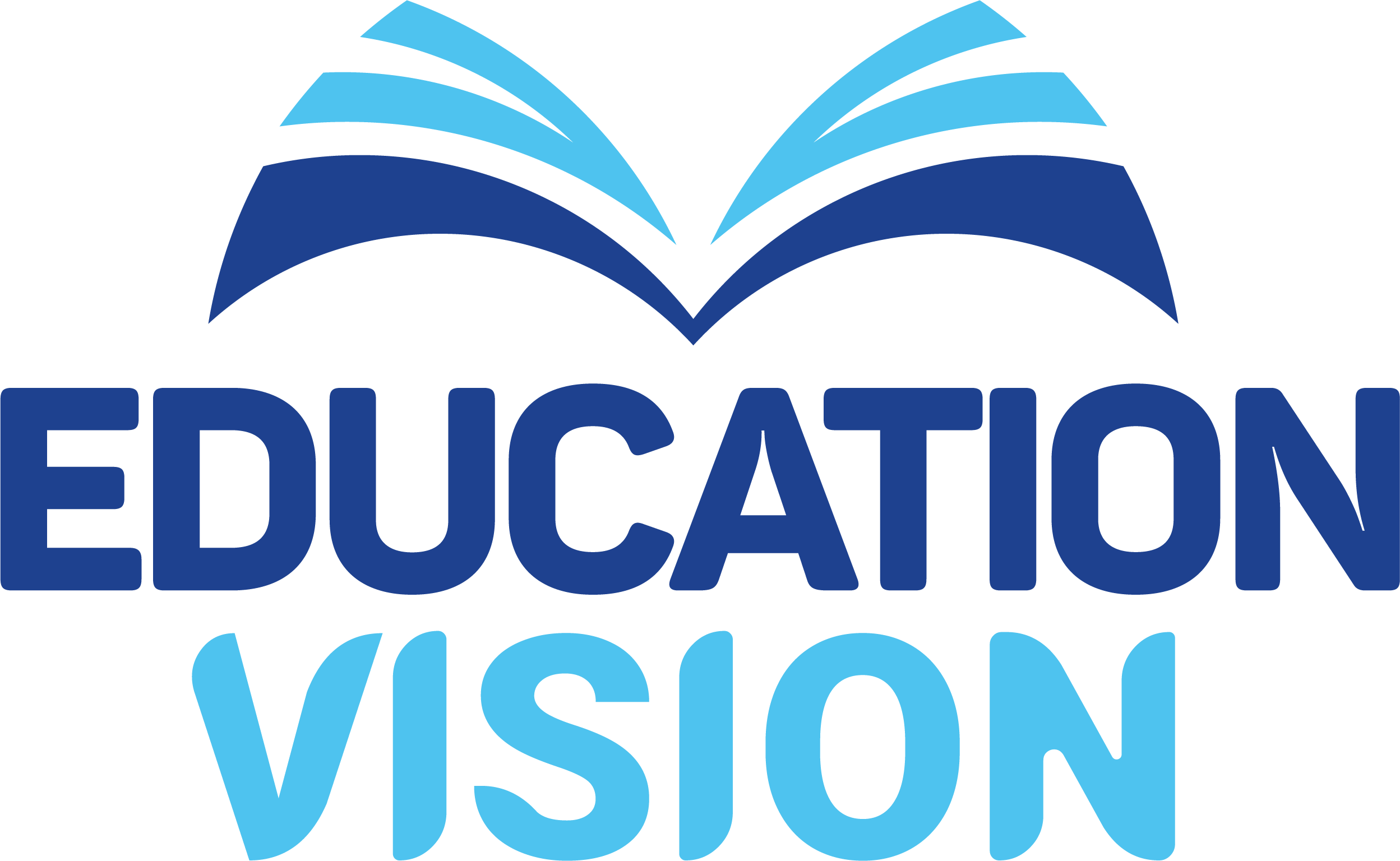

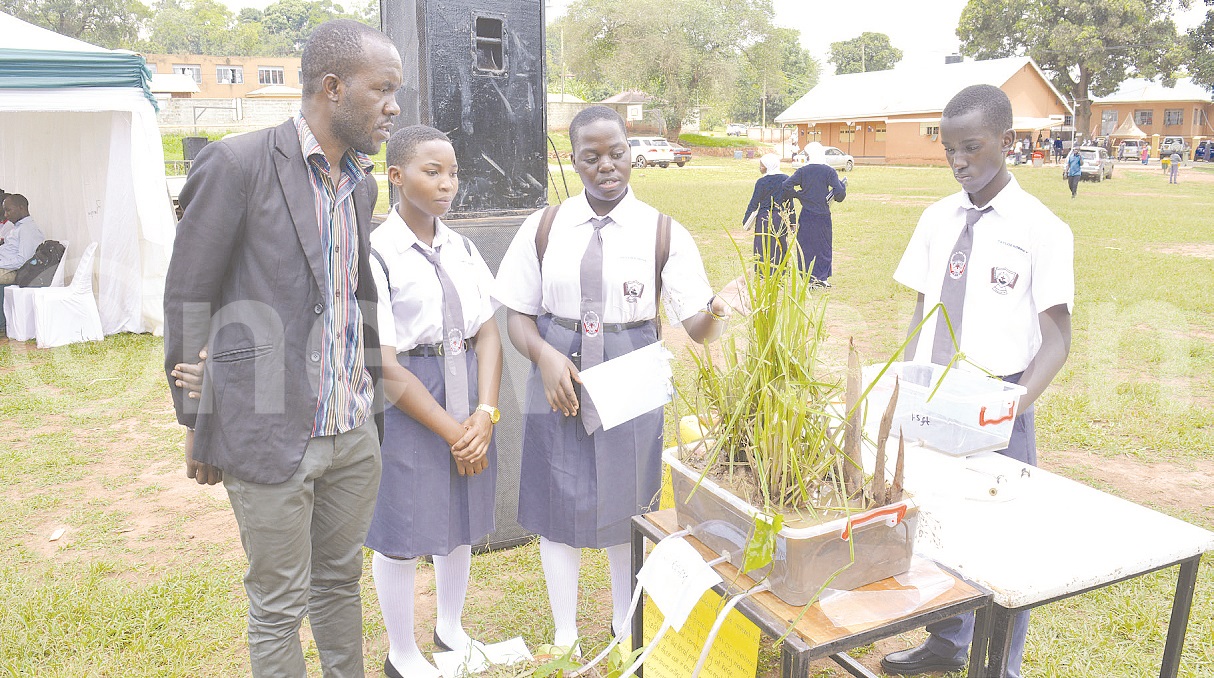
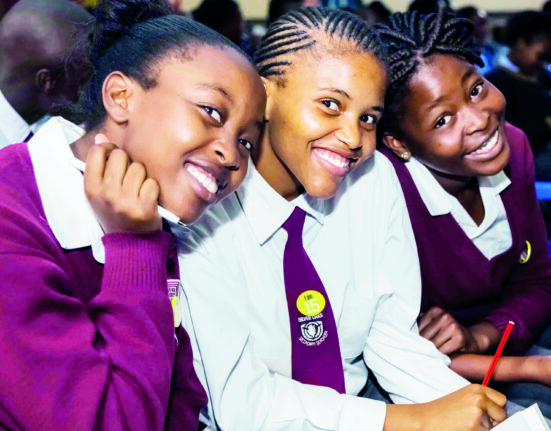
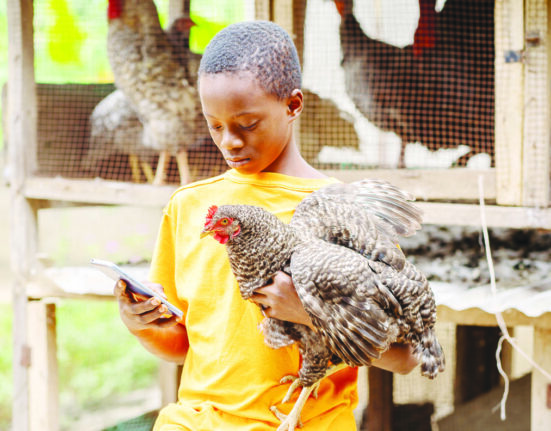
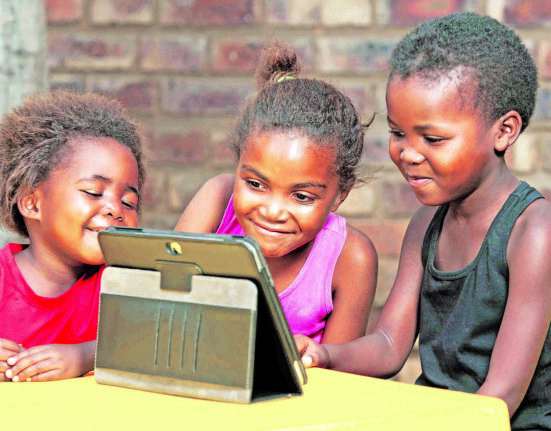
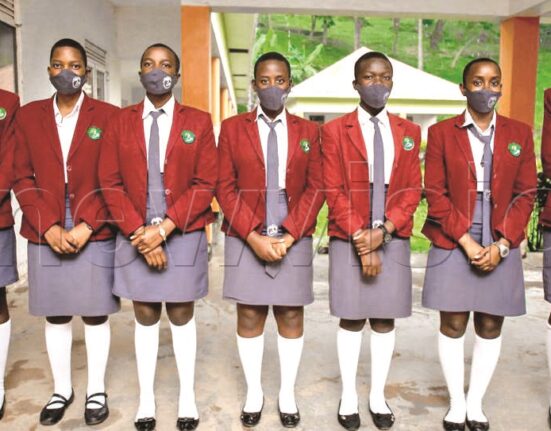
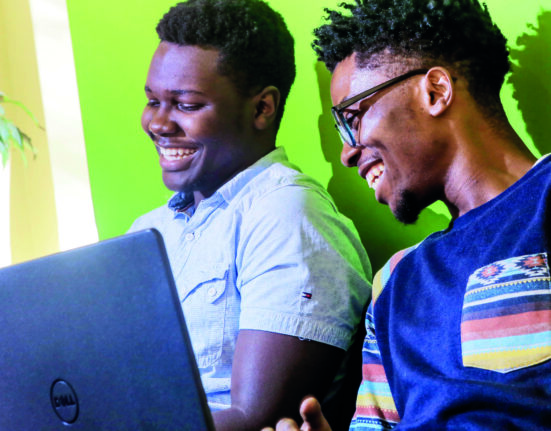

Leave feedback about this